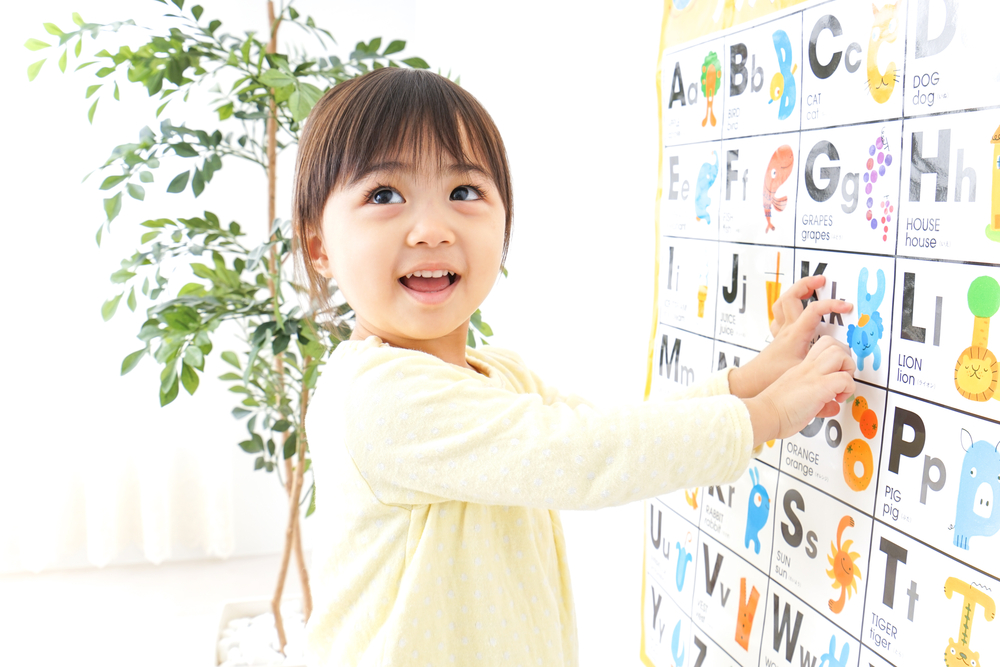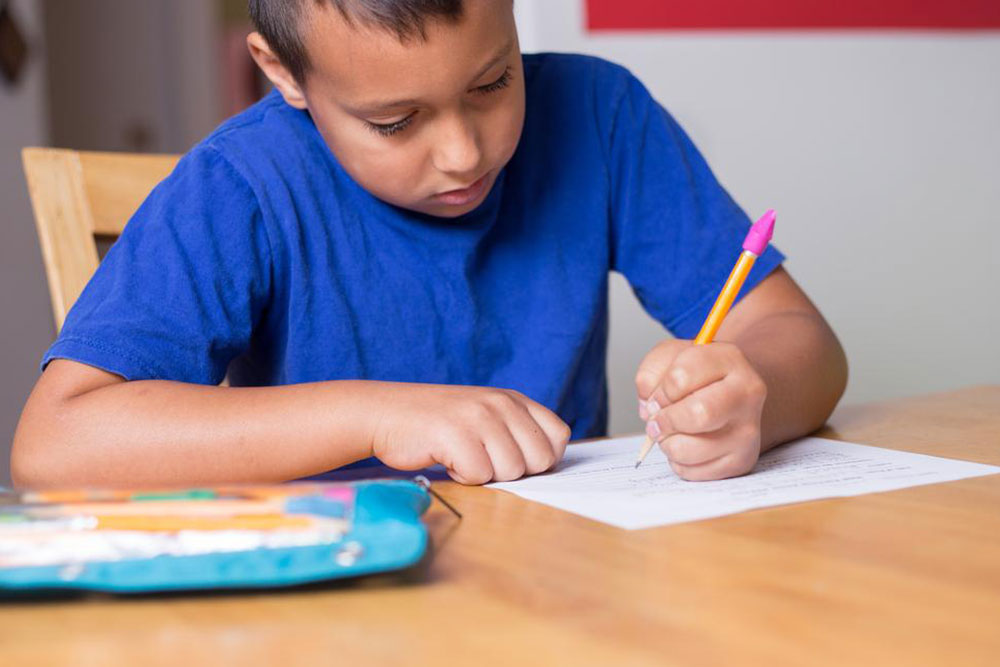Innovative Approaches to Transform Classroom Bulletin Boards into Interactive Learning Hubs
Transform your classroom bulletin boards into vibrant, interactive learning centers with innovative strategies. From curriculum integration to student involvement and visual appeal, discover how to create engaging bulletin boards that motivate students, foster participation, and enrich learning. Make every corner of your classroom a space for creativity and collaboration, boosting student confidence and enthusiasm from the very beginning of the school year.

Creative Strategies to Make Classroom Bulletin Boards More Engaging and Interactive
As educators prepare to welcome students back after an energetic and restful summer break, one of the essential tasks is creating a welcoming and stimulating classroom environment that encourages active participation and fosters student engagement. Among various classroom management tools, bulletin boards stand out as an effective visual aid that can be transformed from simple display spaces into vibrant, interactive learning hubs. Properly designed, these boards serve not only to inform but also to motivate students to contribute, reflect, and participate actively in their learning journey.
In this article, we explore comprehensive strategies and innovative ideas that teachers can implement to turn traditional bulletin boards into dynamic spaces that resonate with students. These approaches will help make the classroom atmosphere more lively, inclusive, and conducive to interactive learning experiences right from the start of the school year.
Integrate Curriculum with Interactive Elements
One effective way to utilize bulletin boards is to link them directly to the curriculum. For example, creating a dedicated "Reader's Choice" or "Book Spotlight" section can spark students' interest in reading. Here, students can respond to prompts, share book recommendations, or post reflections about their favorite stories. This not only promotes literacy but also fosters a culture of reading enthusiasm. Position these boards in high-traffic areas of the classroom to encourage students to engage with them regularly.
Another idea is to design subject-specific boards, such as a math challenges corner, language arts ideas, or science discoveries, updated weekly to keep content fresh and exciting. Incorporating interactive elements like puzzles, quizzes, or problem-solving challenges can stimulate critical thinking and make learning more hands-on.
Empower Student Contributions for Greater Ownership
Giving students the opportunity to contribute content to bulletin boards encourages ownership of their learning environment. Teachers can set up designated sections for students to display their work, such as creative writing pieces, artwork, or science projects. When students see their contributions on display, it boosts their confidence and motivation to excel.
Encourage students to design their own mini-boards or posters related to current topics, upcoming events, or personal interests. This participatory approach creates a sense of community in the classroom and reinforces the importance of active involvement in learning.
Promote Reading and Peer Engagement through Student Book Recommendations
Fostering a reading-friendly environment is essential to building lifelong learners. Teachers can allocate a section of the bulletin board for students to recommend books they've enjoyed. These peer reviews serve as authentic recommendations, encouraging others to explore new titles. Incorporate photos of students with their books and brief reviews to make these posts more personal and engaging.
Regular updates to this section can turn the bulletin board into a constantly evolving showcase of reading interests, making it a valuable resource for students seeking new books to read during free time or at home.
Activate Inquiry and Peer Discussion through Question Displays
Create question-based displays where students post inquiries about lessons, subjects, or current topics. These questions can be answered by teachers or peers, fostering a collaborative learning environment. For example, after a science experiment, students might post questions about related concepts, encouraging peer-driven discussions that deepen understanding.
This method promotes curiosity, critical thinking, and peer-to-peer learning, transforming the bulletin board into an interactive dialogue space rather than just a static display.
Design Visually Appealing and Organized Boards
An often overlooked aspect of effective bulletin boards is their aesthetic appeal. Using bright colors, clear headings, and well-organized layouts helps attract students' attention and makes the information more accessible. Regularly updating the content and removing clutter ensures the boards remain tidy and inviting.
Incorporate visual aids such as charts, diagrams, and photos to enhance understanding and engagement. An organized, spacious design also prevents the board from looking overwhelming or sparse, striking a balance that encourages students to explore and contribute.
Conclusion: Transforming Bulletin Boards into Interactive Learning Spaces
By integrating curriculum-aligned activities, empowering students to participate actively, promoting reading and inquiry, and maintaining visual appeal, teachers can turn the humble bulletin board into a cornerstone of interactive learning in the classroom. These strategies not only make the learning environment more lively and engaging but also foster a culture of participation and curiosity that benefits student growth and achievement. Implementing these creative techniques at the start of the school year will set a positive, collaborative tone that lasts throughout the academic journey.




